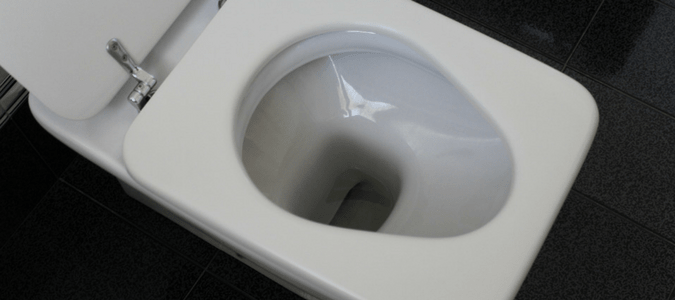
The History of Toilets Timeline
Before the invention of flushing toilets and sophisticated plumbing, many people used chamber pots or simply used the restroom in the streets. Obviously, people of this age weren’t very sensitive to odors. The Saxons created pits in the streets with wooden seats over them. People in some countries built drains under their homes that led to rivers or primitive sewer systems. Ancient Egyptians used limestone or wooden seats with sand-filled containers under them. These primitive toilets had to be emptied by hand. People in the Indus Valley civilization built grid-patterned streets with sewers underneath. Their toilets were flushed with water.
Who Invented the Modern Toilet?
Although the invention of the modern flush toilet is sometimes attributed to Thomas Crapper, this assumption is false. Because there were many collaborators, the true inventor of the toilet is difficult to determine, but most credit Sir John Harrington for introducing the modern toilet in 1596. The first patent for a flushing toilet was given to Alexander Cummings in 1775. The introduction of the U-bend helped avoid blockages and increased the appeal of flushing toilets. Joseph Bramah later improved on the design by creating an airtight seal (called a water trap) that helped to reduce the odor from sewer gases.
In 1829, a hotel in Boston became the first establishment to offer indoor plumbing. The Tremont Hotel boasted a luxurious “eight water closets.” At this time, toilets were only common in upscale hotels and homes of the rich.
In 1980, Japanese company Toto introduced the Washlet, which sprays the user with warm water in an attempt to freshen up after using the toilet and to eliminate the need for toilet paper, which can contaminate hands and fingers and contribute to the spread of disease. This model is similar to the bidet, which is thought to have originated in France in the early 1700s. Common in parts of Europe, South America, the Middle East and Japan, bidets are often separate from your toilet and have at least one jet to spray water. Some bidets even have a built-in dryer. Portable or travel bidets are similar to a plastic spray bottle, but allow the user to more accurately direct the flow of water. There are even bidet seats which you can place on top of a regular toilet to combine the functions of a toilet and a bidet.
Features of Modern Toilets
If you have been considering replacing your toilet, you now have many options to choose from. The biggest innovations in toilet design can be linked to an effort to make toilets more environmentally-friendly. High-efficiency models can reduce your water use by up to 60%, which is enough water to wash 100 loads of laundry. Saving water translates into savings on your utility bills, since your toilet can represent up to 30% of your home’s total water use. In fact, homeowners can save up to $100 a year just by switching to a more-efficient toilet.
In addition to promoting better hygiene, homeowners today may choose other features for their new toilets to capitalize on convenience. Today’s toilets offer heated seats and even motion-activated night lights to help you find your way in the dark. “Comfort height” models are two to three inches higher than conventional toilets and make getting on and off easier.
You can also choose a toilet with two buttons—one for solid waste and one for liquid waste. Since round bowls can take up more space, some models feature elongated bowls, which are more comfortable and provide more seating room for some users. You can even choose touchless flushing which uses sensors activated by the wave of your hand.
A few other features can add to your bathroom’s aesthetics. Since it can be hard to clean the base of your toilet, manufacturers now offer models with concealed trapways to create a smooth, more sleek exterior and without visible bends toward the back of the toilet. Although a majority of toilets are two pieces, one-piece designs can be easier to clean (although they tend to be more expensive). No longer just white, you can also choose from an array of colors for your next toilet.
ABC Can Solve Your Plumbing Problems
If your toilet is not working properly, trust the licensed plumbers at ABC Home & Commercial to diagnose the problem and quickly get your bathroom back to normal as soon as possible. If you are having repeated problems with your plumbing or toilet, our experts can also recommend models for replacement. If you have any kind of plumbing problem, ABC is the solution.
